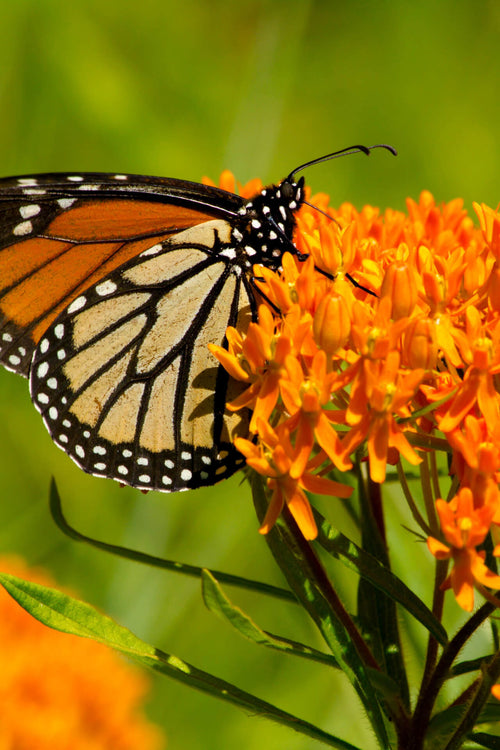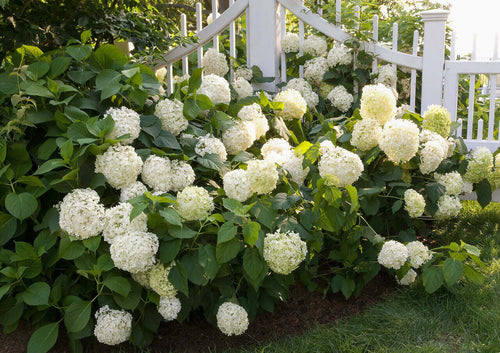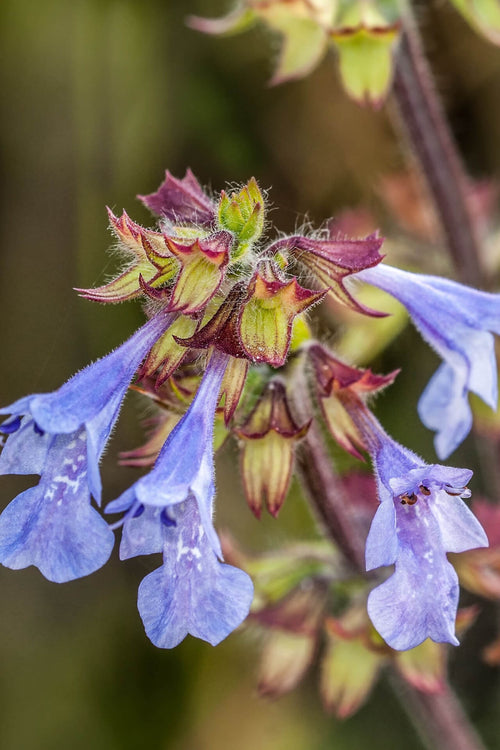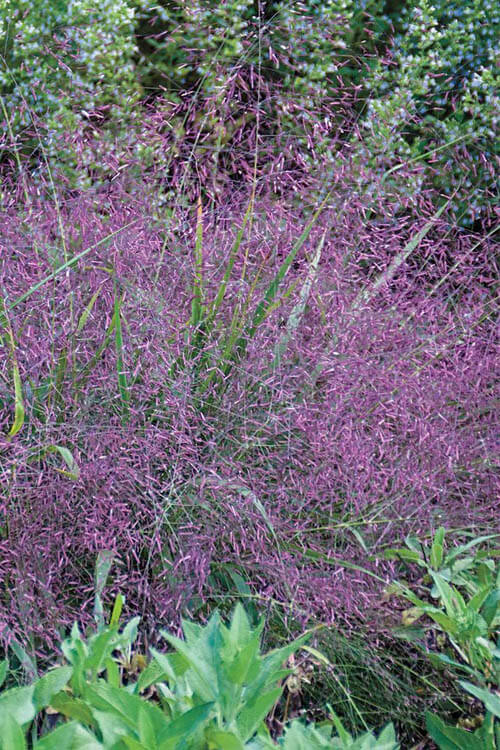A Guide to Designing a Plant-Filled Paradise
Transforming your outdoor space into a lush, inviting oasis can be rewarding and therapeutic. A well-designed outdoor living area filled with plants enhances the aesthetics of your surroundings and creates a serene retreat. In this guide, we'll explore several plant varieties' unique qualities and care requirements that can elevate your outdoor living area into a haven of relaxation and beauty.
Blue Lobelia (Lobelia siphilitica)
Blue Lobelia, with its striking, vibrant blue flowers, is a beautiful choice for adding color to your outdoor living area. These perennials thrive in moist, well-draining soil and partial shade, making them versatile for your garden. Blue Lobelia attracts pollinators like butterflies and hummingbirds, adding more life and movement to your outdoor oasis. Regular deadheading will keep these beauties blooming throughout the summer months.
Hostas (Hosta spp.)
Hostas are renowned for their lush, broad foliage and come in various colors and textures, making them a versatile choice for any outdoor living space. These shade-loving perennials require minimal maintenance and are perfect for filling holes under trees or in garden beds. Hostas add a serene, calming element to your garden and can be an excellent backdrop for other plants or decorations.
Bamboo (Bambusoideae spp.)
Bamboo is a versatile and elegant addition to any outdoor area, providing privacy, shade, and a touch of the exotic. With its rapid growth and low maintenance requirements, bamboo is a favorite for creating natural screens or defining garden borders. Ensure you choose to clump bamboo varieties to prevent the invasive spread and control your outdoor space's design.
Hydrangeas (Hydrangea spp.)
Hydrangeas are beloved for their large, globe-like flower clusters and ability to thrive in various climates. Depending on soil pH, these deciduous shrubs can be a focal point in your outdoor living area, offering a symphony of colors, including blue, pink, purple, and white. Proper pruning and maintenance will ensure lush blooms year after year, making hydrangeas a timeless choice for your garden.
Hibiscus (Hibiscus spp.)
Hibiscus plants are known for stunning, showy flowers, ranging from classic reds to vibrant pinks and tropical oranges. These heat-loving shrubs thrive in sunny spots and require regular watering. Hibiscus creates a tropical ambiance, making it ideal for those looking to create a resort-like feel in their outdoor oasis. They attract pollinators like bees and butterflies, adding to the vibrancy of your garden.
Lyreleaf Sage (Salvia lyrata)
Lyreleaf Sage, also known as Cancerweed or Lyre-leafed Sage, is a hardy, native perennial plant with a striking rosette of blue-green leaves. In early spring, tall spikes of violet-blue flowers emerge, creating a lovely contrast against the foliage. The lyreleaf sage is excellent for rock gardens, edging, or as ground cover in well-drained soil. It's also drought-tolerant, making it a low-maintenance choice for your outdoor living area.
Bellflower Merry Bells (Campanula hybrids)
Bellflowers, including the Merry Bells variety, are delightful perennials that add charm and grace to your garden. These plants produce delicate bell-shaped flowers in shades of blue, pink, or white. Bellflowers thrive in well-drained soil and prefer full sun to partial shade. They are perfect for adding vertical intrigue to your garden, whether as border plants or rock gardens.
Designing Your Outdoor Living Area
Now that we've explored these unique plant varieties, let's discuss how to design an outdoor living area that maximizes their beauty and functionality.
Plan the Layout:
- Examine the size and shape of your outdoor space.
- Determine the optimal locations for each plant type based on their sunlight and water requirements.
- Create defined areas for seating, dining, and relaxation.
Incorporate Hardscaping:
- Add pathways, patios, or decking to create functional spaces within your garden.
- Choose materials that complement your plant selections and overall design style.
Layer Your Plants:
- Use a variety of plant heights and textures to create depth and interest in your garden.
- Place taller plants at the back or center of flower beds and shorter ones at the front.
- Consider using containers or raised beds for added dimension.
Integrate Focal Points:
Install eye-catching elements like water features, sculptures, or trellises. These focal points can enhance the overall aesthetic and draw attention to specific areas of your outdoor space.
Pay Attention to Color:
- Use a color scheme that complements your plant choices.
- Consider seasonal changes in plant colors to ensure year-round appeal.
Create Seating and Gathering Areas:
- Invest in comfortable outdoor furniture that encourages relaxation and socializing.
- Arrange seating areas strategically to take advantage of garden views.
Add Lighting:
- Incorporate outdoor lighting to extend the usability of your space into the evening.
- Use a blend of ambient and accent lighting for a magical atmosphere.
Maintenance and Care
Maintaining your outdoor living area is essential to keep it looking its best and thriving. Here are some general maintenance tips:
Watering:
Water plants consistently, but avoid overwatering. Consider using a drip irrigation system for efficiency. Adjust your watering schedule based on seasonal needs.
Pruning and Deadheading:
Regularly prune and deadhead plants to promote healthy growth and prolong flowering. Follow specific care guidelines for each plant type to ensure their longevity.
Mulching:
Apply mulch to retain moisture, regulate soil temperature, and suppress weeds. Use organic mulch to improve soil quality over time.
Fertilizing:
Feed your plants with appropriate fertilizers to support their growth. Follow recommended fertilization schedules and dosage instructions.
Pest and Disease Control:
Observe your plants for signs of pests or diseases. Implement organic pest control methods when necessary to avoid harming beneficial wildlife.
Creating an outdoor living area with an abundance of plants like Blue Lobelia, Hostas, Bamboo, Hydrangeas, Hibiscus, Lyreleaf Sage, and Bellflower Merry Bells can turn your outdoor space into a haven of natural beauty and relaxation. You can enjoy a vibrant, inviting garden year-round by carefully planning your layout, incorporating hardscaping, and providing the necessary maintenance. So, roll up your sleeves, put on your gardening gloves, and transform your outdoor space into a plant-filled paradise.





















































